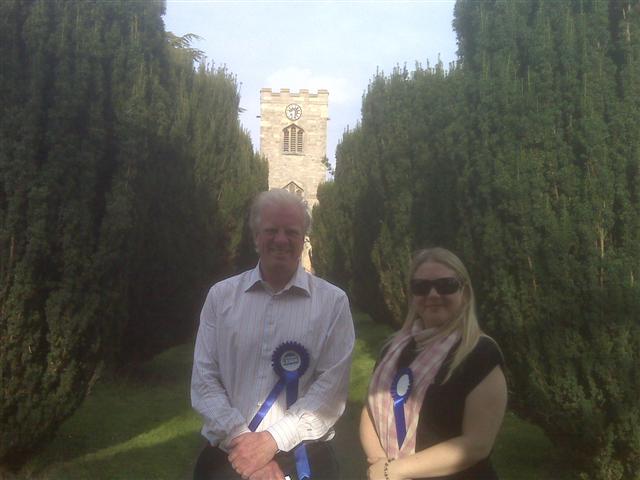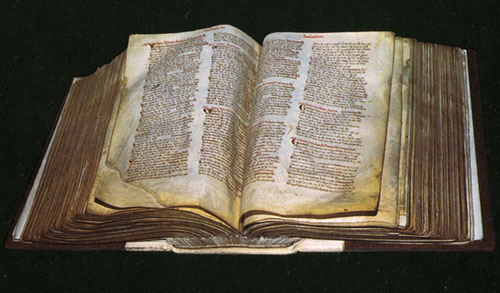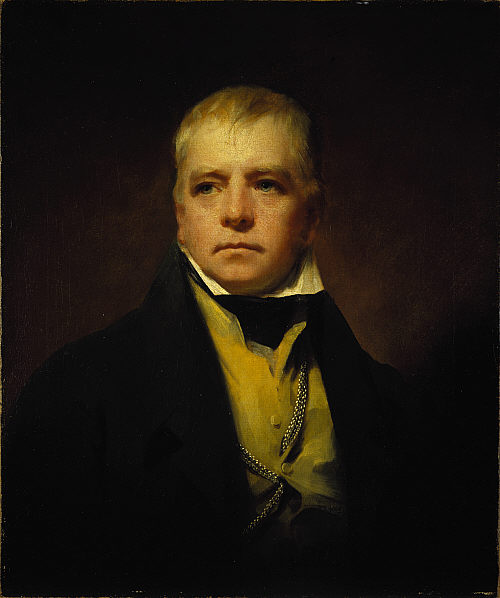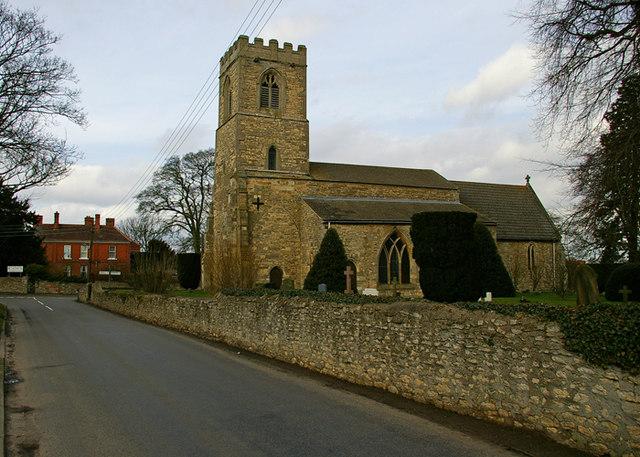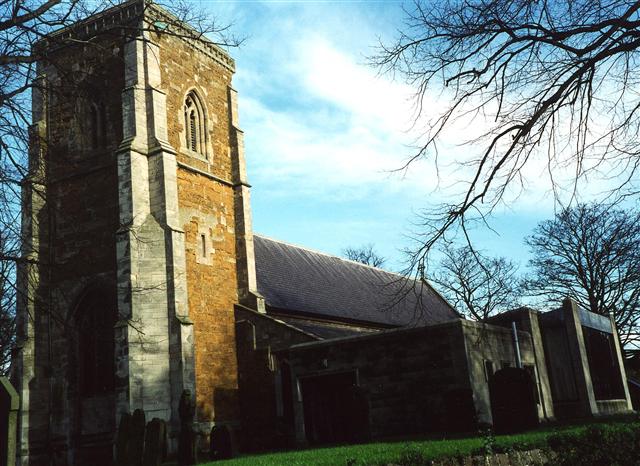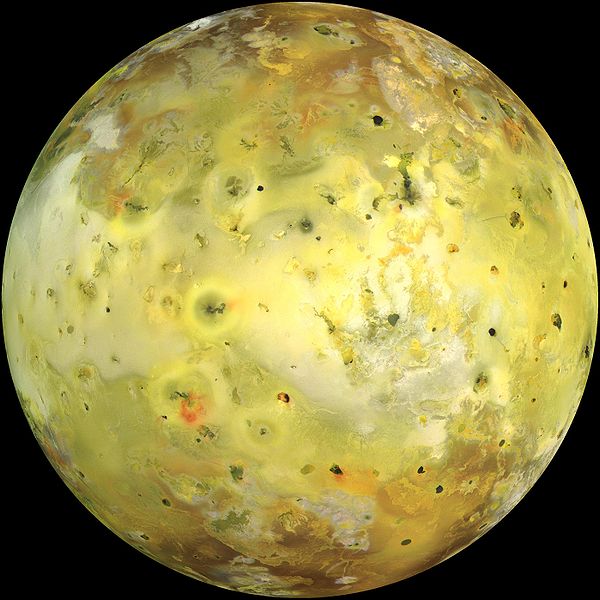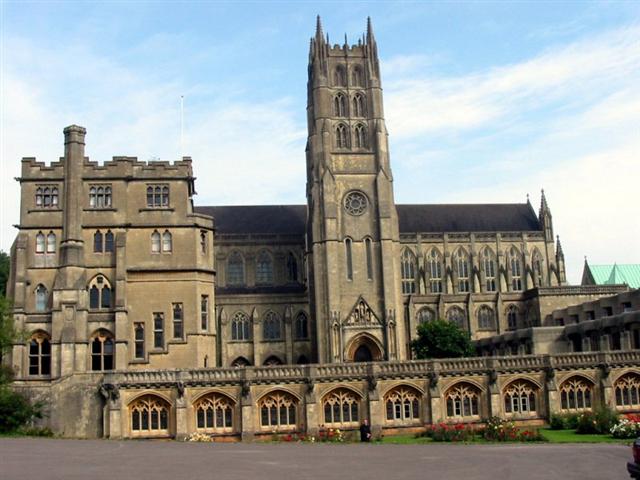
We arrived at Downside on a cold 1st April. This year unusually, Western Easter, Orthodox Easter and Passover fell on the same day.
The routine is always the same. Some of the best three days in the whole year. The whole family can go, and does.
We got to the school and the familiar smell of polished wooden floors greeted us. I spent a moment in the quietness of the Abbey. The Mass of the Lord’s Supper is a glorious celebration. My two youngest sons got their feet washed and a two pound coin for Maundy money. After the service we sat for a time in the Lady Chapel for the Adoration of the Blessed Sacrament. The weather forecast for Friday was really bad and I wondered whether to go on the Cross Walk, carrying two wooden crosses the nine miles or so from Wells to Stratton-on-the-Fosse. In the end I braved it, but we ended up getting completely drenched cold and wet from the persistent driving rain which seeped into every pore. Despite this, there was a lovely moment when I was carrying one of the crosses. The rain flowed down the knotted brown wood and for a moment as it hit an orange seam, it became almost like the blood of Christ.
After five hours walking I was too exhausted to survive the reading of the Passion at Mass, but the 3pm service ended with the marvellous hymn
When I survey the Wondrous Cross
On which the Prince of Glory died
My greatest gain I can’t but loss
And pour contempt on all my pride
The words are so beautiful and appropriate that it is one of the few hymns that I know by heart. They bring back the image of the cross in the drenching rain flowing down the wooden cross the day before.
See from his head, his hands, his feet
Love and sorrow flow mingled down
Did ere such love and sorrow meet
Or thorns compose so rich a crown.
The next day at the Easter Vigil the Abbey started in complete darkness as the Abbot blessed the Paschal candle. Is there anything more beautiful than the sung Exultet? Strange to think that before the Reformation in a thousand parish churches across England the Exultet was sung from atop a Rood Screen.
The readings from the Old Testament which are interspersed with sung psalms take over an hour. My son thinks that I am asleep. Perhaps I am half asleep. It is late, but as the priest sings the psalm Preserve me God I take refuge in you I feel an extraordinary upsurge of love and oneness with God. My doubts are swept away. He is surely here. My heart overflows and then the moment is gone. Later there is another moment of delight as the psalm is sung.
Like the deer that yearns for running streams
So my soul is yearning for you my God.
The words of the psalm, “Bring me to your Holy mountain” moved me to the core. At that moment my soul really did seek God
This is the high emotional moment of the Easter Vigil. What ever one’s doubts, the enduring appeal of the story of the Passion and Resurrection is that it is the perfect allegory of the challenge of the human condition, of suffering, rejection, death and resurrection.
On Easter Sunday we went to the children’s Mass in the Old Chapel. A delightful folk mass of modern hymns and full of joy, in stark contrast to the majesty of the services in the Abbey.
As you can see, the three days or so spent at the Retreat were particularly enjoyable and also contained a rare event for me. People actually showed an interest in my book The Nation that Forgot God.
Click here to read a selection of the homilies and talks given by members of the Community during the Retreat.
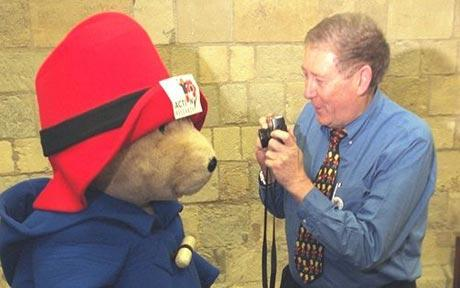
 Whilst canvassing in the tiny, remote village of West Torrington I took the opportunity to visit the church. I stood in this quiet spot not realizing that the first vicar here had been St Gilbert of Sempringham in the twelfth century. St Gilbert was the founder of the monastic order of Gilbertine. How strange that from this very place one of the towering figures of medieval monasticism started his career. I later went back into the churchyard and tried to imagine him there.
Whilst canvassing in the tiny, remote village of West Torrington I took the opportunity to visit the church. I stood in this quiet spot not realizing that the first vicar here had been St Gilbert of Sempringham in the twelfth century. St Gilbert was the founder of the monastic order of Gilbertine. How strange that from this very place one of the towering figures of medieval monasticism started his career. I later went back into the churchyard and tried to imagine him there.
